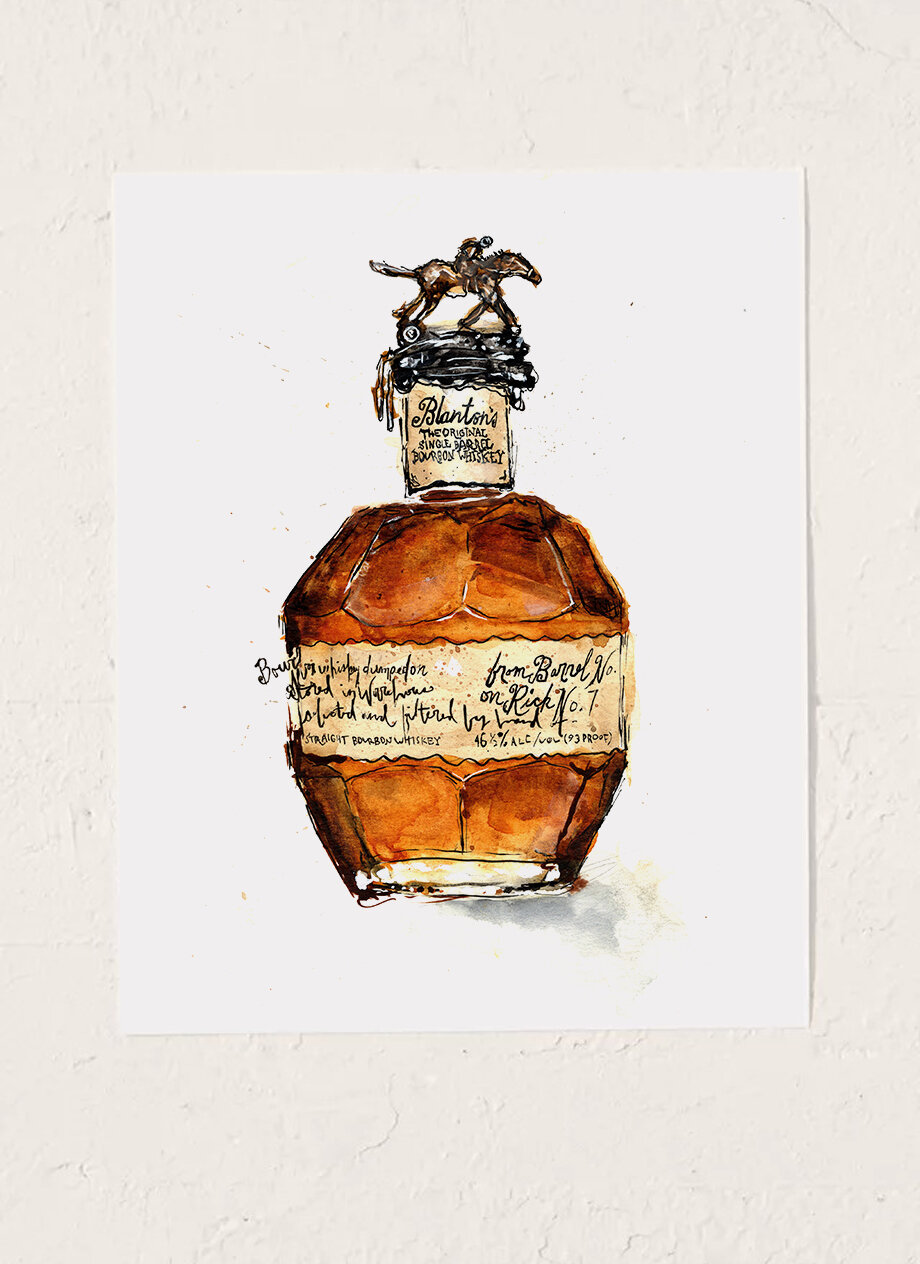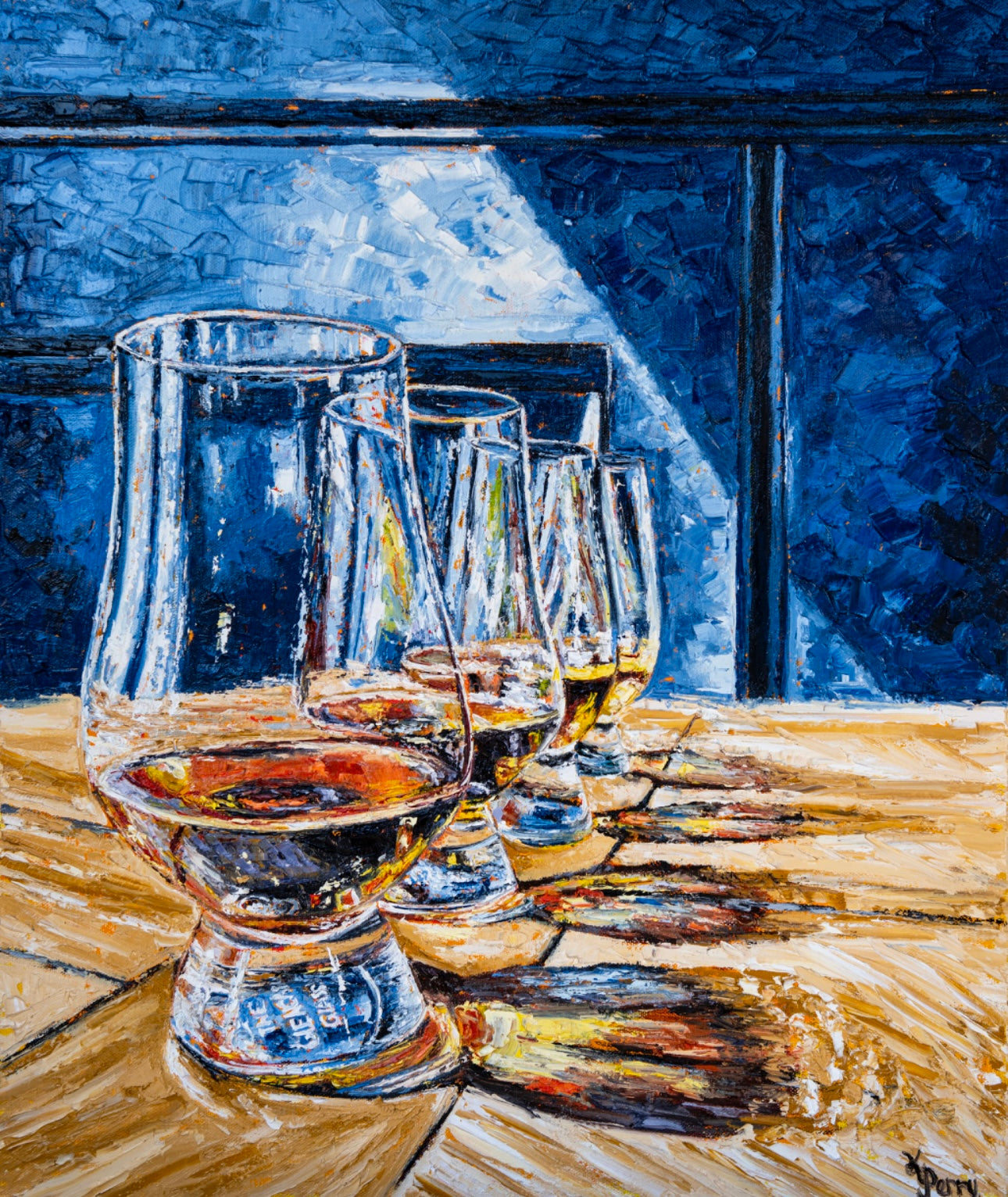Catching the Essence of Whiskey Art With Distinct Aesthetic Representations and Designs
The art of whiskey prolongs beyond the fluid itself, materializing via a variety of aesthetic representations that envelop its fabled heritage and workmanship. What remains to be discovered is how these advancing designs reflect not only the scotch itself but additionally the transforming landscape of artistic interpretation. Limited Edition.
The Background of Bourbon Art

As bourbon production spread, so as well did the need to elevate its experience with art. From the detailed inscriptions on early casks to the intricate labels of modern containers, each aspect mirrors a distinct imaginative vision, acting as a visual story of the scotch's heritage.
In the 19th and 18th centuries, the surge of the industrial revolution additionally improved bourbon art, resulting in ingenious product packaging and advertising and marketing that captured consumer attention. Artists and developers started experimenting with aesthetics, imbuing whiskey-related imagery with symbolic definitions that shared ideas of community, workmanship, and practice.
Today, whiskey art continues to develop, blending conventional techniques with modern art types. Limited Edition. This recurring discussion between the spirit and its aesthetic depiction emphasizes the long-lasting bond in between scotch and culture, enriching the general experience for enthusiasts worldwide
Iconic Bottle Layouts
While several aspects add to the attraction of scotch, renowned bottle styles play a critical function in shaping consumer perception and boosting the overall experience. The visual discussion of whiskey bottles is not just a visual consideration; it works as a bridge in between the product and the customer, stimulating feelings and setting assumptions.
Unique forms, products, and closures can raise a scotch brand name's identity, making it instantaneously recognizable on congested racks. The classic Glenfiddich bottle, with its elegant tapered silhouette, conveys a sense of practice and craftsmanship, while the vibrant, modern-day style of the Balvenie bottle shows innovation and refinement. The usage of tinted glass or special structures can recommend the high quality and character of the bourbon within.
Legendary layouts typically integrate aspects of cultural heritage, representing the brand's background and connection to its origins. Brand Names like Jack Daniel's make use of a simple, robust style that reverberates with its American whiskey heritage. Eventually, the influence of bottle layout expands past plain functionality; it envelops the significance of the brand, welcoming customers to indulge and discover in the abundant tapestry of scotch society.
Label Artwork and Branding
Container layouts usually set the phase for what customers can anticipate, but label artwork and branding play an equally substantial duty in connecting a scotch's identity. The label functions as the first factor of get in touch with in between the customer and the product, encapsulating the significance of the bourbon within its visual aspects.
Efficient label artwork integrates imagery, typography, and shade to create a story that reverberates with the brand name's heritage and target audience. A tag featuring vintage fonts and complex pictures may evoke a feeling of custom and craftsmanship, appealing to connoisseurs. In comparison, bold shades and modern style elements may draw in a more youthful demographic seeking technology and excitement.


Photography and Visual Narration
Recording the essence of whiskey through digital photography and aesthetic storytelling is an art type that raises the brand name experience. This tool goes beyond simple product depiction, delving right into the elaborate stories that border each container. By using compelling images, digital photographers can stimulate emotions that reverberate with consumers, ultimately creating a deeper connection to the bourbon brand.
Aesthetic narration in whiskey digital photography typically uses rich textures, illumination, and structure to highlight the one-of-a-kind features of the spirit. The interplay of light and darkness can emphasize the brownish-yellow colors of scotch, while the option of history aspects-- such as rustic barrels or elegant glassware-- can enhance the brand name's heritage or way of living organizations.
Moreover, catching the ritualistic facets of whiskey usage, from the pouring to the sampling, invites visitors into a sensory experience, permitting them to visualize the tastes and scents that wait for. Each photo not only showcases the product however likewise narrates of workmanship, custom, and the moments that whiskey can boost - Realism Art. Thus, photography ends up being a powerful device in articulating the identity of scotch brand names, placing them within the wider cultural landscape
Emerging Fads in Scotch Art
The development of scotch art is progressively formed by contemporary patterns that show more comprehensive societal shifts and customer preferences. One prominent fad is the combination of sustainability into art methods. Artists are currently making use of green procedures and recycled products to develop whiskey-themed pieces, resonating with eco aware consumers. This shift not just highlights the relevance of sustainability yet likewise improves the narrative surrounding bourbon manufacturing.
In addition, digital art has actually risen in popularity, enabling for cutting-edge representations of scotch. Musicians are leveraging modern technology to craft immersive experiences, such as enhanced reality installations that involve viewers and offer a much deeper browse around these guys understanding of bourbon's cultural significance. This fad also encompasses social networks platforms, where visually striking material amasses attention and cultivates neighborhood amongst lovers.
Additionally, collaborations in between bourbon brands and musicians are ending up being extra widespread. These partnerships learn this here now yield limited-edition packaging layouts and exclusive artworks that celebrate both the craftsmanship of whiskey and the creative thinking of musicians. As whiskey art remains to progress, these emerging patterns will certainly shape its future, cultivating a dynamic crossway of culture, sustainability, and technology within the whiskey community.
Conclusion
In conclusion, the art of bourbon includes a diverse variety of visual representations that show its abundant heritage and craftsmanship. From renowned container layouts and intricate tag artwork to engaging digital photography, each element contributes to a broader story that improves the customer's experience. As arising fads, such as electronic art and sustainability, remain to form this imaginative landscape, the complex identity of scotch remains a sustaining source of cultural link and expedition.

In final thought, the art of whiskey includes a diverse array of aesthetic representations that mirror its rich heritage and craftsmanship.